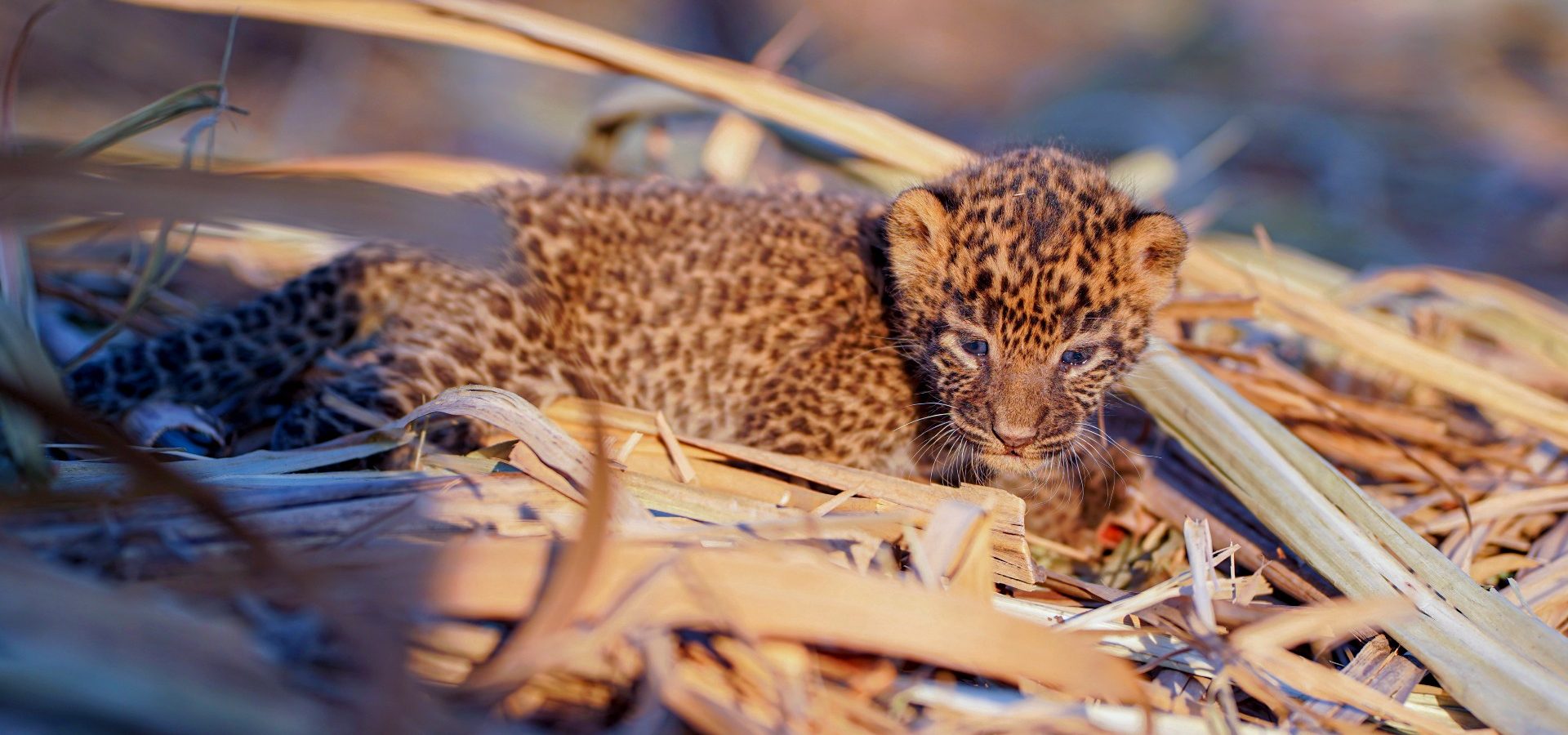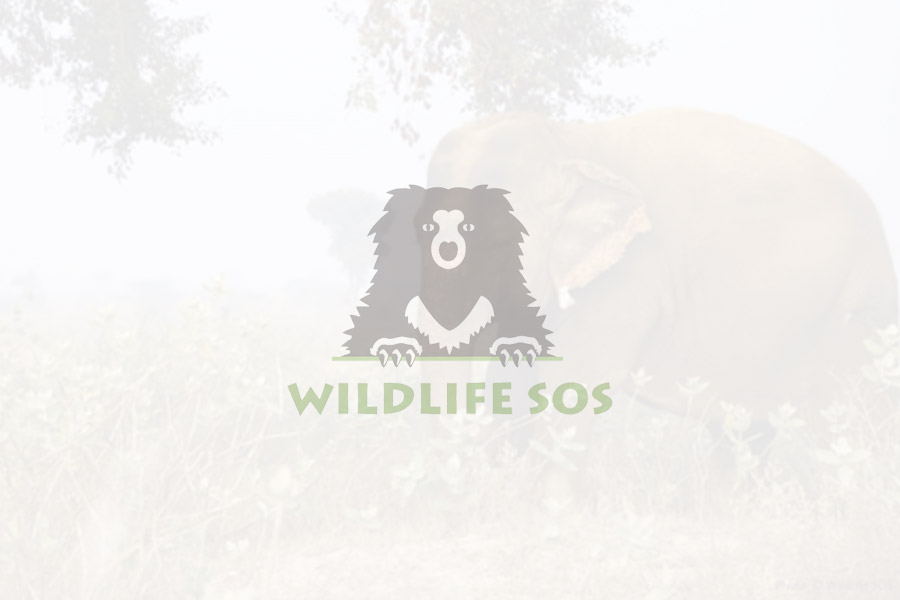Separation can be painful. Especially for a child separated from its parents at a tender age. This is what happened to a young male cub that was merely 45 days old. The villagers of Chas in the Manchar Forest Range of Maharashtra found him alone and informed the relevant forest department officers, who arrived immediately to secure the cub.
Contrary to regular encounters where leopard cubs are mostly found in sugarcane fields or plantations, this cub was discovered near an onion storage house. Soon after the cub was rescued by the forest department, he was brought to the Wildlife SOS Manikdoh Leopard Rescue Centre in Junnar for a medical assessment.
How Does it Feel to Reunite a Cub?
Every time a cub arrives at our centre or has to be rescued, our veterinary team keeps in mind the sensitivity of the situation. Dr. Chandan Sawane, Veterinary Officer for Wildlife SOS, reveals how each experience with a baby leopard evokes the same feeling of anxiety that humans feel in unexpected scenarios. “When we were kids and used to go out with our parents, there must have been cases where we got separated from them. Usually a feeling of fear dawns upon us during such situations where we constantly worry about a hiraeth.
It feels as if our lives were about to come crashing down. Seeing a cub firsthand brings back those memories like a rush of unwelcome nostalgia. So the first thing that comes to mind after seeing a cub is that the cub needs the mother’s presence and love the most,” he shares.
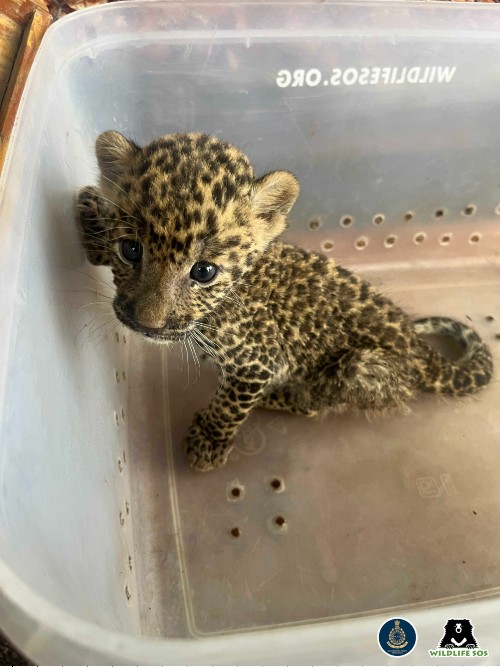
The veterinarians therefore did not waste a single moment in performing the cub’s health assessment. After a thorough examination, he was found to be approximately 1.5 months old. The vets understood that while the cub was alert, he was also moderately dehydrated. This was perhaps due to the weather during the ongoing monsoon season. The vets then provided the necessary hydration therapy to improve the cub’s health.
Once he recovered and the vets deemed the cub fit, a plan was devised to safely reunite him with his mother. As the team placed the cub in a safe box, trap cameras were installed to monitor the reunion process. The footage recorded in the camera captured the heartfelt moment of the cub reuniting with his mother. In a touching scene, the mother gently picked him up by the scruff of his neck, and carried him to a more secure location.
An Off-season Rescue
Leopard cubs are spotted more frequently in fields when sugarcane is harvested from November to mid-April. This particular rescue was uncommon as it happened in the thick of monsoon, well beyond the harvesting season. So our veterinarians had to be more vigilant than usual to check if the cub had been impacted severely due to the drop in temperatures.
The veterinarians can identify if a cub is dehydrated or not by observing their skin’s flexibility. A decline in the skin turgor is a sign of fluid loss or dehydration. Such skin remains elevated even after the grip on the skin is released. If the skin is very slow to return to normal and takes more than 5-10 seconds, or the skin ‘tents’ up during a check, it can indicate severe dehydration that needs quick treatment.
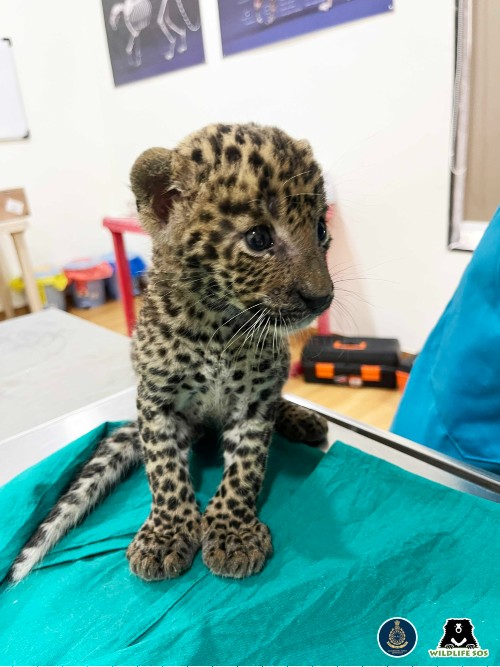
Though rain can pose a challenge, the reunion was not hindered due to the weather and our team heaved a sigh of relief when the cub met his mother. During this season, it is also tricky to capture the cub reunions on the trap camera that is set up to document the entire process.
Sometimes the team attaches the camera to makeshift bamboo poles, but a tree present nearby also does the job. As per protocol, the team does not stay back to watch for the mother leopard to return. A major reason behind this is to maintain a completely undisturbed environment without any human presence, allowing the mother to come and look for her cub.
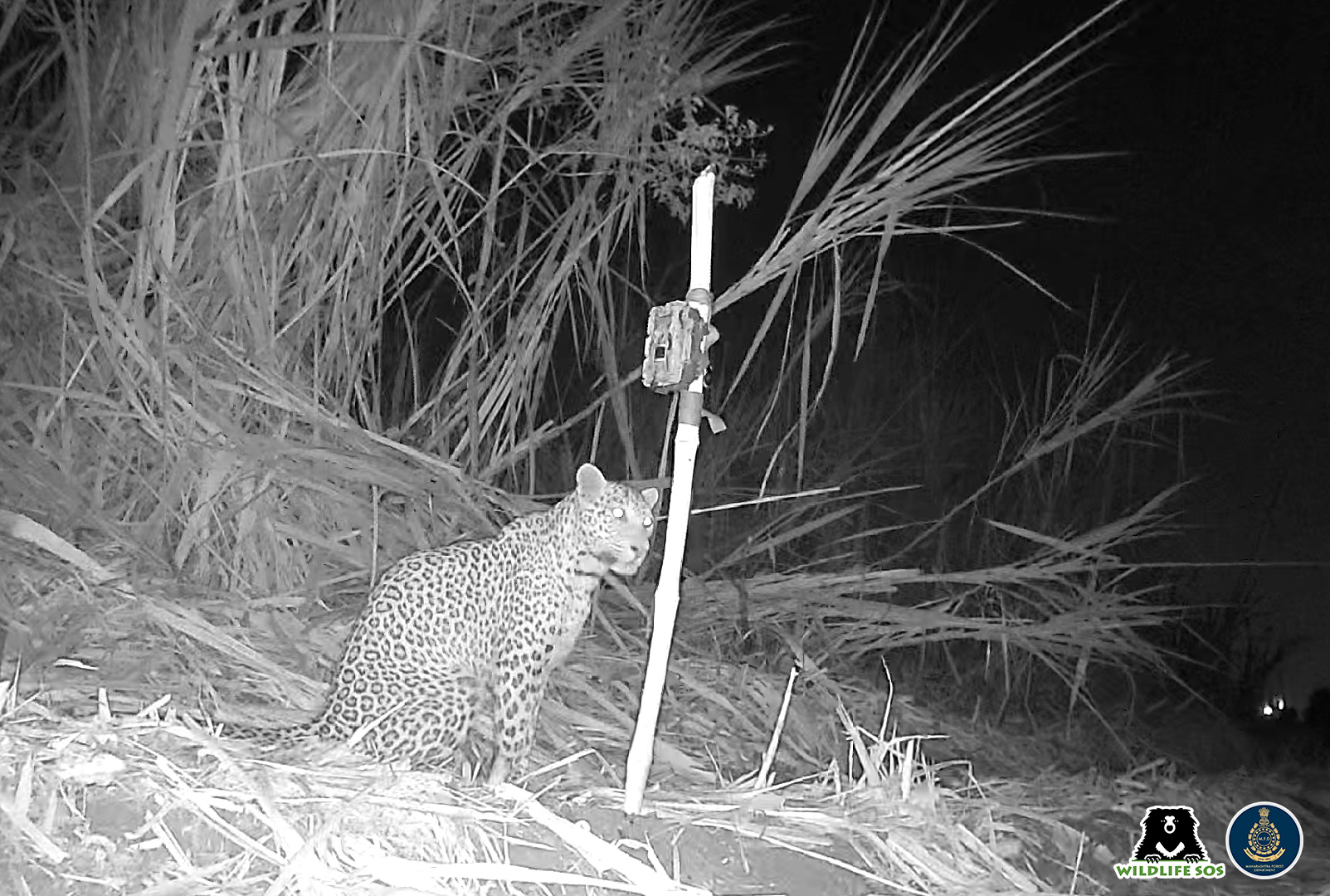
The team checks the footage the next day to confirm the reunion. In this case, the team was fortunate to watch the reunion with clarity as the area did not experience heavy showers during that period.
Sensitive and Sensible Farmers
Due to decades of awareness work, along with leopard cub rescue and reunion operations, Wildlife SOS has inevitably interacted with the local farmers and villagers numerous times. As a result, they are now well versed with the procedure of swiftly alerting the relevant forest department officers, who then inform Wildlife SOS.
In case a cub is found when workers are cutting down the sugarcane stalks, it’s a protocol for the farmers to halt their work so that the chances of the mother leopard to return are high. Most of the farmers cut the stalks manually with the use of 2-3 feet long knives. Harvester machines are also present but are used infrequently to avoid harming the cubs.
The fact that farmers go to such great lengths to think of the betterment of the cubs is a sign of their compassion for the wild neighbours. These instances prove that education can bring meaningful change and make coexistence possible between human and wild animals. If you also want to help a cub’s reunion with its mother, donate to Wildlife SOS and strengthen our efforts to save wild leopards.

